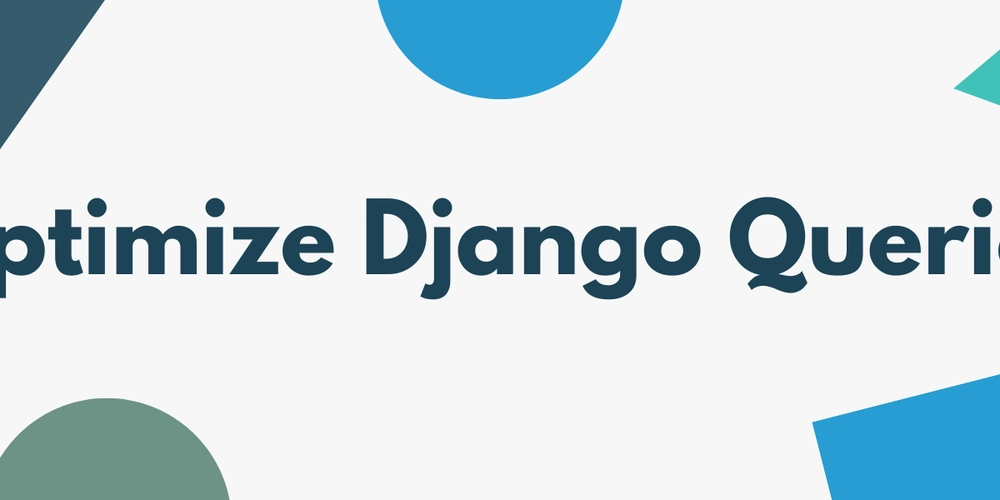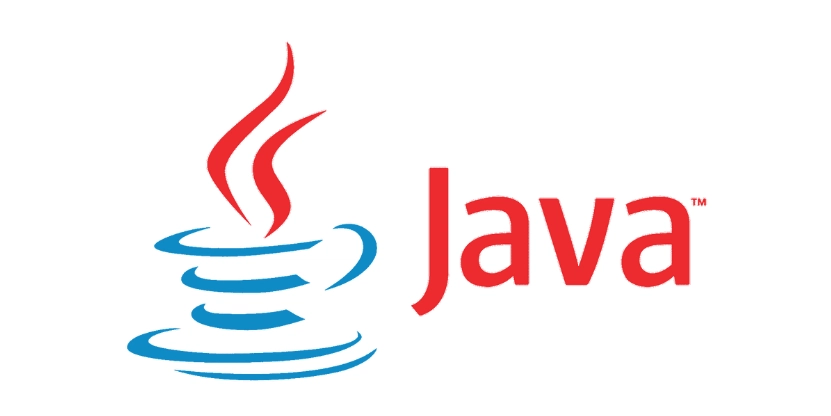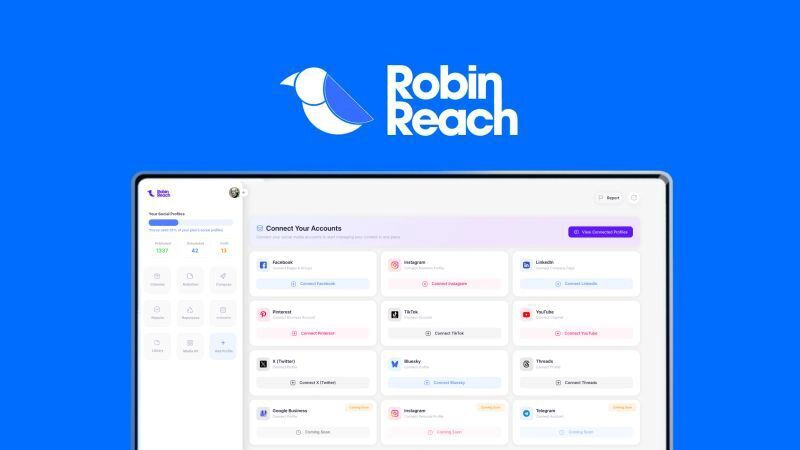Optimize Django Queries: Unmasking and Solving the N+1 Problem (Interactive Guide)
Is your Django application feeling sluggish, especially when dealing with related data? You're not alone. Many developers, especially those new to Django, encounter the notorious N+1 query problem. In this post, we will dive deep into the issue, understand its impact, and learn how to fix it using select_related and prefetch_related. This will be interactive. Feel free to answer the questions in the comments and share your thoughts. What is the N+1 Problem? Imagine you have a blog application where each Post has an associated Author. You want to display a list of blog posts along with their authors. A naive implementation might look like this: posts = Post.objects.all() for post in posts: print(f"Post: {post.title}, Author: {post.author.name}") Question 1: What do you think is happening behind the scenes with the database queries? Take a moment to think about it. If you guessed "too many queries," you are correct. Here's what happens: First query: Post.objects.all() retrieves all posts. Subsequent queries: For each post, a separate query is executed to fetch the author.name. For N posts, this results in N+1 queries: one for fetching posts and N additional queries for fetching authors. If you have 100 posts, this leads to 101 queries. Why is the N+1 Problem a Big Deal? The N+1 problem can severely impact your application’s performance. Here’s why: Increased Latency: Your application takes longer to respond due to multiple database queries. Higher Database Load: Unoptimized queries put unnecessary strain on your database. Poor User Experience: Slow loading times lead to frustration and potential user drop-off. Question 2: How do you think we can optimize this? Let’s explore Django’s solutions. The Solution: select_related and prefetch_related Django provides two powerful tools to fix the N+1 problem: 1.select_related() Best for ForeignKey and OneToOne relationships. Performs a single SQL JOIN query to retrieve related objects in one go. Example: posts = Post.objects.select_related('author').all() for post in posts: print(f"Post: {post.title}, Author: {post.author.name}") This reduces the number of queries to just one. 2. prefetch_related() Best for ManyToMany and reverse ForeignKey relationships. Performs separate queries for related objects but caches them for efficiency. Example: authors = Author.objects.prefetch_related('post_set').all() for author in authors: for post in author.post_set.all(): print(f"Author: {author.name}, Post: {post.title}") This reduces redundant queries while keeping flexibility. Hands-On Challenge Let’s put theory into practice. Try the following: Create a simple Django project with Author and Post models. Populate your database with sample data. Write code that exhibits the N+1 problem. Use select_related and prefetch_related to optimize it. Use Django Debug Toolbar to compare query counts. Share your findings in the comments. Conclusion The N+1 problem is a common performance bottleneck, but understanding and using select_related and prefetch_related can drastically improve your Django application's efficiency. Final Question: What other performance optimization techniques do you use in Django? Share your tips below. If you found this post helpful, leave a comment, share it, and follow for more Django insights.

Is your Django application feeling sluggish, especially when dealing with related data? You're not alone. Many developers, especially those new to Django, encounter the notorious N+1 query problem. In this post, we will dive deep into the issue, understand its impact, and learn how to fix it using select_related and prefetch_related.
This will be interactive. Feel free to answer the questions in the comments and share your thoughts.
What is the N+1 Problem?
Imagine you have a blog application where each Post has an associated Author. You want to display a list of blog posts along with their authors.
A naive implementation might look like this:
posts = Post.objects.all()
for post in posts:
print(f"Post: {post.title}, Author: {post.author.name}")
Question 1: What do you think is happening behind the scenes with the database queries?
Take a moment to think about it.
If you guessed "too many queries," you are correct. Here's what happens:
-
First query:
Post.objects.all()retrieves all posts. -
Subsequent queries: For each post, a separate query is executed to fetch the
author.name.
For N posts, this results in N+1 queries: one for fetching posts and N additional queries for fetching authors. If you have 100 posts, this leads to 101 queries.
Why is the N+1 Problem a Big Deal?
The N+1 problem can severely impact your application’s performance. Here’s why:
- Increased Latency: Your application takes longer to respond due to multiple database queries.
- Higher Database Load: Unoptimized queries put unnecessary strain on your database.
- Poor User Experience: Slow loading times lead to frustration and potential user drop-off.
Question 2: How do you think we can optimize this?
Let’s explore Django’s solutions.
The Solution: select_related and prefetch_related
Django provides two powerful tools to fix the N+1 problem:
1.select_related()
- Best for ForeignKey and OneToOne relationships.
- Performs a single SQL JOIN query to retrieve related objects in one go.
- Example:
posts = Post.objects.select_related('author').all()
for post in posts:
print(f"Post: {post.title}, Author: {post.author.name}")
This reduces the number of queries to just one.
2. prefetch_related()
- Best for ManyToMany and reverse ForeignKey relationships.
- Performs separate queries for related objects but caches them for efficiency.
- Example:
authors = Author.objects.prefetch_related('post_set').all()
for author in authors:
for post in author.post_set.all():
print(f"Author: {author.name}, Post: {post.title}")
This reduces redundant queries while keeping flexibility.
Hands-On Challenge
Let’s put theory into practice. Try the following:
- Create a simple Django project with Author and Post models.
- Populate your database with sample data.
- Write code that exhibits the N+1 problem.
- Use
select_relatedandprefetch_relatedto optimize it. - Use Django Debug Toolbar to compare query counts.
- Share your findings in the comments.
Conclusion
The N+1 problem is a common performance bottleneck, but understanding and using select_related and prefetch_related can drastically improve your Django application's efficiency.
Final Question: What other performance optimization techniques do you use in Django? Share your tips below.
If you found this post helpful, leave a comment, share it, and follow for more Django insights.









































































































































































![[The AI Show Episode 142]: ChatGPT’s New Image Generator, Studio Ghibli Craze and Backlash, Gemini 2.5, OpenAI Academy, 4o Updates, Vibe Marketing & xAI Acquires X](https://www.marketingaiinstitute.com/hubfs/ep%20142%20cover.png)


























































































































![[FREE EBOOKS] The Kubernetes Bible, The Ultimate Linux Shell Scripting Guide & Four More Best Selling Titles](https://www.javacodegeeks.com/wp-content/uploads/2012/12/jcg-logo.jpg)



![From drop-out to software architect with Jason Lengstorf [Podcast #167]](https://cdn.hashnode.com/res/hashnode/image/upload/v1743796461357/f3d19cd7-e6f5-4d7c-8bfc-eb974bc8da68.png?#)







































































































.png?#)




.jpg?#)


















 (1).webp?#)













_Christophe_Coat_Alamy.jpg?#)







































































































![Rapidus in Talks With Apple as It Accelerates Toward 2nm Chip Production [Report]](https://www.iclarified.com/images/news/96937/96937/96937-640.jpg)









































































































































